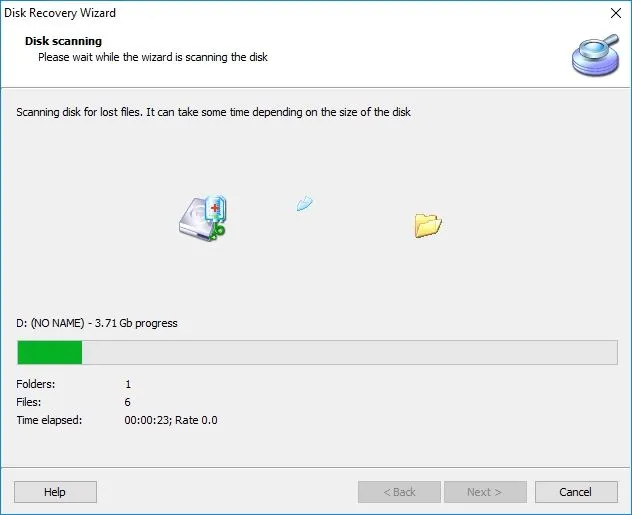You just formatted your hard drive without realizing that you still had important files on it. Now you're wondering how to recover data from a formatted hard drive. Don't worry, it's not as difficult as it may seem. In this article, we will discuss how to recover data from a formatted hard drive using three different methods: software, hardware, and online services. We will also provide reviews of some of the most popular products on the market. So don't fret - your data is not gone forever!
Is it even possible to recover data from a formatted drive?
When you format a drive, it doesn't erase the data stored on it. Instead, it simply removes the files from the directory structure, making them invisible to the operating system. The actual data is still there, and with the right tools, you can recover it.
There are three main ways https://www.diskinternals.com/partition-recovery/recover-data-from-formatted-hard-drive/ to recover data from a formatted hard drive: software, hardware, and online services.

Software: There are many different software programs that can be used to recover data from a formatted hard drive. Some are free, while others must be purchased. We've reviewed some of the most popular products on the market below.
Hardware: If you're not comfortable with using software to recover your data, there are also hardware solutions available. These devices must be connected to your computer in order to work. We've reviewed some of the most popular products on the market below.
Online Services: Finally, there are online services that can be used to recover data from a formatted hard drive. These services are usually more expensive than software or hardware solutions, but they offer the convenience of not having to install anything on your computer.
Software for recovering data from a formatted hard drive
Now that you know how to recover data from a formatted hard drive, let's take a look at some of the best products on the market. We've reviewed some of the most popular products on the market below.
Partition Recovery: this is the best software program that can be used to recover data from a formatted hard drive. The software is designed to work with Windows and Mac operating systems. It offers a free trial, so you can try it before you buy it.
EaseUS Data Recovery Wizard: This software is one of the most popular data recovery programs available. It can be used to recover data from a variety of different storage devices, including hard drives, USB flash drives, and memory cards. It offers a simple interface and is available for both Windows and Mac.
Recuva: This software is another popular choice for data recovery. It offers a deep scan option that can recover files that have been deleted from the recycle bin. It also offers a portable version that doesn't require installation. Recuva is available for both Windows and Mac.
Which will last longer: SSD or HDD?
Solid-state drives (SSDs) are a newer technology, and they are becoming increasingly popular. But how do they compare to traditional hard drives (HDDs)? Which one is more reliable? And which one will last longer?
In general, SSDs are more reliable than HDDs. They have no moving parts, so there is less that can go wrong. They are also less likely to be damaged by physical shocks. However, SSDs can still fail – they just tend to do so less often than HDDs.
As for which one will last longer, it depends on how you use your computer. If you mostly use it for general tasks like browsing the web and checking email, then either an SSD or an HDD will be fine. However, if you use your computer for more demanding tasks like video editing or gaming, then an SSD will likely last longer. This is because SSDs can handle more writes than HDDs.
So, which one should you get? If you want the most reliable option, go with an SSD. If you want the longest-lasting option, go with an SSD. And if you want the best value, go with an HDD.